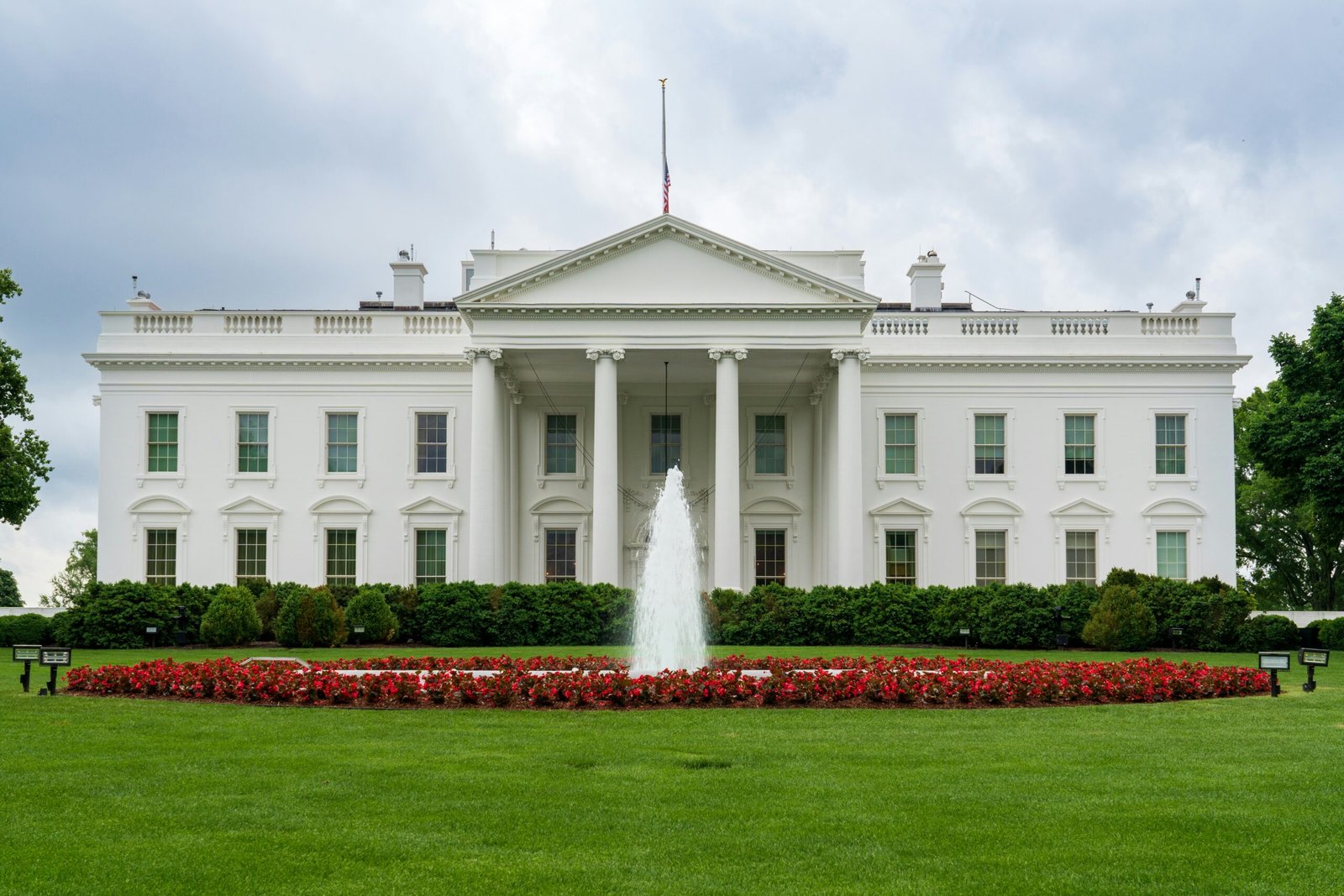Historical Significance of Kanheri Caves

Kanheri Caves, nestled in Sanjay Gandhi National Park, Mumbai, is a window into India’s ancient heritage. These rock-cut caves date back from the 1st century BCE to the 9th century CE. As a Buddhist hub, they played a key role in spreading Buddhist teachings in Western India during the religion’s early years.
The architectural brilliance of the Kanheri Caves stands out. The caves showcase stupas, viharas (monastic cells), and chaityas (prayer halls). Carved into basalt rock, the intricate sculptures and inscriptions highlight the skilled artisanship of the time. Each cave offers a glimpse into the cultural and religious life of ancient India.
Key figures in Buddhist history, like the monk Nagarjuna, are linked to the caves. These monks meditated here and helped shape the caves’ philosophical and artistic identity. Additionally, Kanheri Caves served as a center for trade and cultural exchange, further enriching its significance in ancient society.
In summary, Kanheri Caves provide deep insights into India’s cultural evolution, Buddhist teachings, and architectural innovations. They remain a vital part of understanding India’s early civilization.
Architecture and Design of the Caves

The Kanheri Caves, a significant monument in the history of ancient Indian architecture, encompass a variety of structural designs and intricate sculptures that reflect the spiritual and artistic endeavors of their time. These rock-cut caves, dating back to the 1st century BCE, include various types, notably viharas, which served as monasteries for Buddhist monks, and chaityas, which are prayer halls designed for worship and meditation. The unique architectural elements of the caves present a fascinating study of their layout, which often adheres to a standardized form that speaks to the community practices of the era.
The viharas typically feature numerous cells for monks, arranged around a central courtyard. The simplicity of these spaces highlights the ascetic lifestyle of the inhabitants, encouraging contemplation and solitude. Each cell is often adorned with a stone bench and a small platform, illustrating the minimalistic approach to living that characterized monastic life. In contrast, the chaityas are grander in scale, showcasing high ceilings and spacious interiors that accommodate larger gatherings for prayer. The focal point of a chaitya is usually a stupa, a dome-shaped structure that houses relics and serves as a symbol of enlightenment.
Sculptural elements within the Kanheri Caves further enhance their architectural beauty. The intricate carvings adorning the entrances and interiors depict various Buddhist motifs, celestial beings, and floral patterns, providing insight into the socio-religious life of ancient India. The natural contours of the rock have been skillfully integrated into the design, exemplifying the harmony between architectural intentions and the environment. The use of light and shadow within the caves adds depth, enhancing the spiritual ambiance. Collectively, these features not only demonstrate advanced engineering skills but also reflect a profound connection between the architectural designs and the monks’ meditative pursuits.
Cultural and Religious Importance

The Kanheri Caves, located within the Sanjay Gandhi National Park, represent a significant chapter in the history of Buddhism in India. These ancient rock-cut caves served as a monastic complex, playing a vital role in the spiritual and cultural development of Indian Buddhism from around the 1st century BCE to the 10th century CE. Not only did they provide monks with a place to meditate and engage in religious practices, but they also functioned as an educational hub for spreading the teachings of Buddhism across the region.
The architectural features of the Kanheri Caves, such as stupas, chaityas, and viharas, reflect the monastic life that thrived there. These spaces were carefully designed to accommodate communal activities, rituals, and teachings, enabling monks to engage in reflective practices and sustain their spiritual journeys. The caves contain numerous inscriptions and carvings that illustrate key Buddhist concepts, embodying the intricate relationship between culture and religion. Additionally, the intricate artwork found in the caves illustrates the narratives of the Buddha’s life and the Lotus Sutra, showcasing the intended purpose of the caves as a visual medium for teaching the core tenets of Buddhism.
Over the centuries, the Kanheri Caves have also become an integral part of local culture. The spiritual significance of these caves has fostered various festivals and traditions within nearby communities. Pilgrimages to the caves during significant Buddhist observances highlight their ongoing importance in contemporary religious practices. The caves not only provide a glimpse into India’s ancient past but also serve as a vital link connecting modern-day practices with the historical teachings of Buddhism. Understanding the cultural and religious importance of the Kanheri Caves offers valuable insights into the enduring legacy of Buddhism in India and beyond.
Visiting the Kanheri Caves Today
The Kanheri Caves, nestled within the Sanjay Gandhi National Park in Mumbai, are an essential part of India’s rich heritage. For those planning to explore these ancient rock-cut caves, convenient access is available through various means. The closest railway station is Borivali, which is well-connected to Mumbai’s extensive train network. From Borivali Station, visitors can take a local bus or taxi to the park entrance, followed by a pleasant trekking experience through the lush greenery that characterizes this conservation area.
It is advisable to visit the Kanheri Caves during the cooler months, from November to February, when the weather is pleasant and suitable for exploring. The monsoon season, from June to September, may cause the pathways to become slippery, making it less ideal for trekking. When visiting, guests can expect a journey back in time, as they navigate through a complex of over 100 caves, each adorned with intricate carvings and stupas that reflect Buddhist art and architecture. The caves date back to the 1st century BCE and provide a glimpse into the historical significance of the area as a monastic site.
While in the vicinity, there are other attractions worth exploring, including the Sanjay Gandhi National Park itself, which houses diverse flora and fauna, as well as the Aarey Milk Colony for a taste of rural Mumbai life. Visitors can also consider the nearby Bhaktivedanta Swami Prabhupada Museum and various wildlife trails. Conservation efforts are ongoing to preserve the Kanheri Caves, ensuring that these ancient structures remain a source of inspiration and education for future generations. By adhering to park guidelines and respecting the site’s significance, visitors can contribute to the legacy of the Kanheri Caves and appreciate the wonders of India’s ancient heritage.







